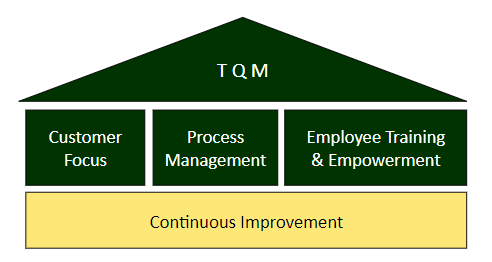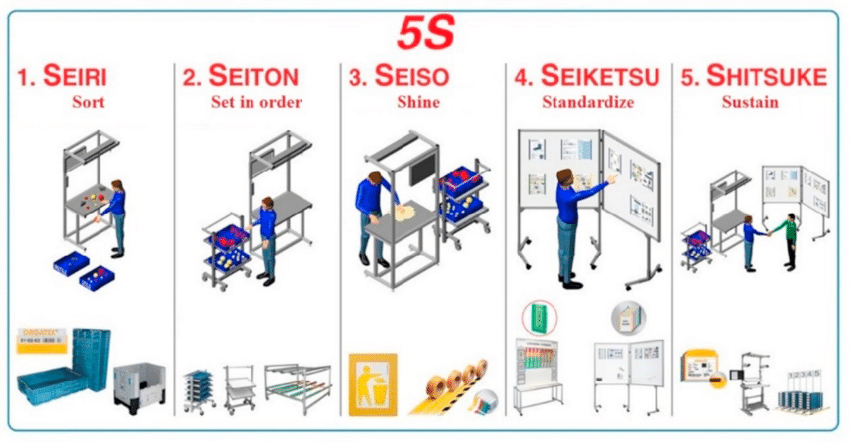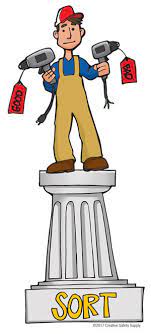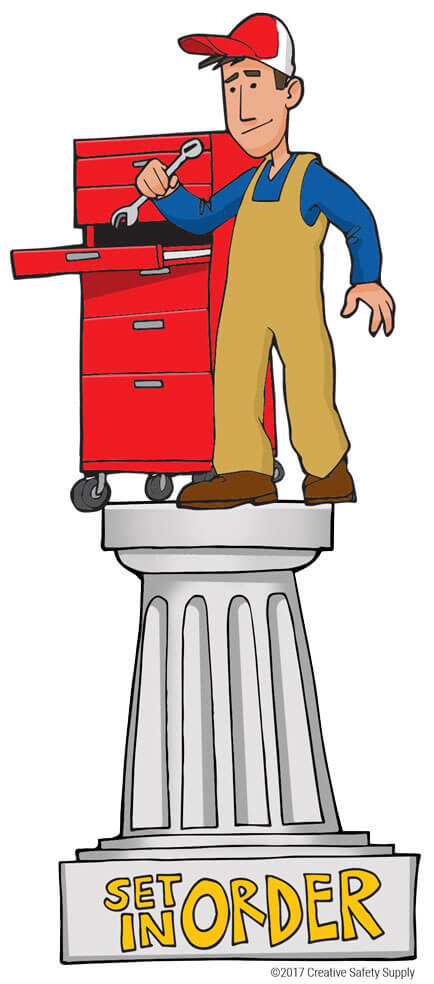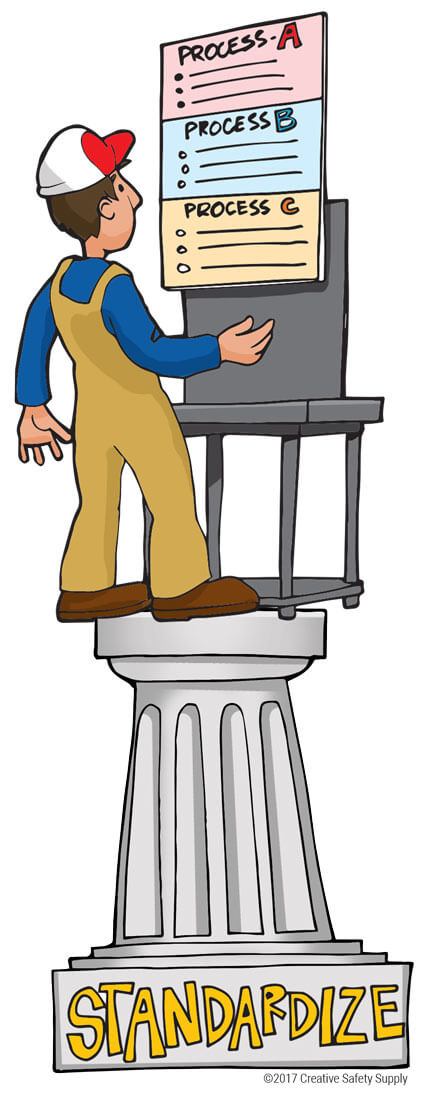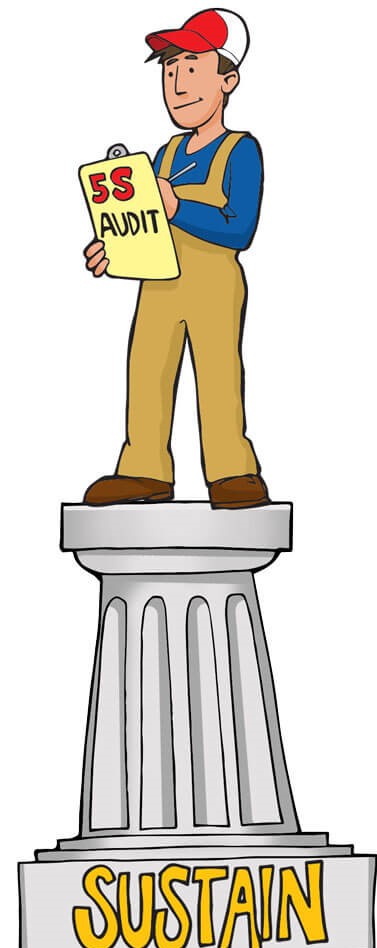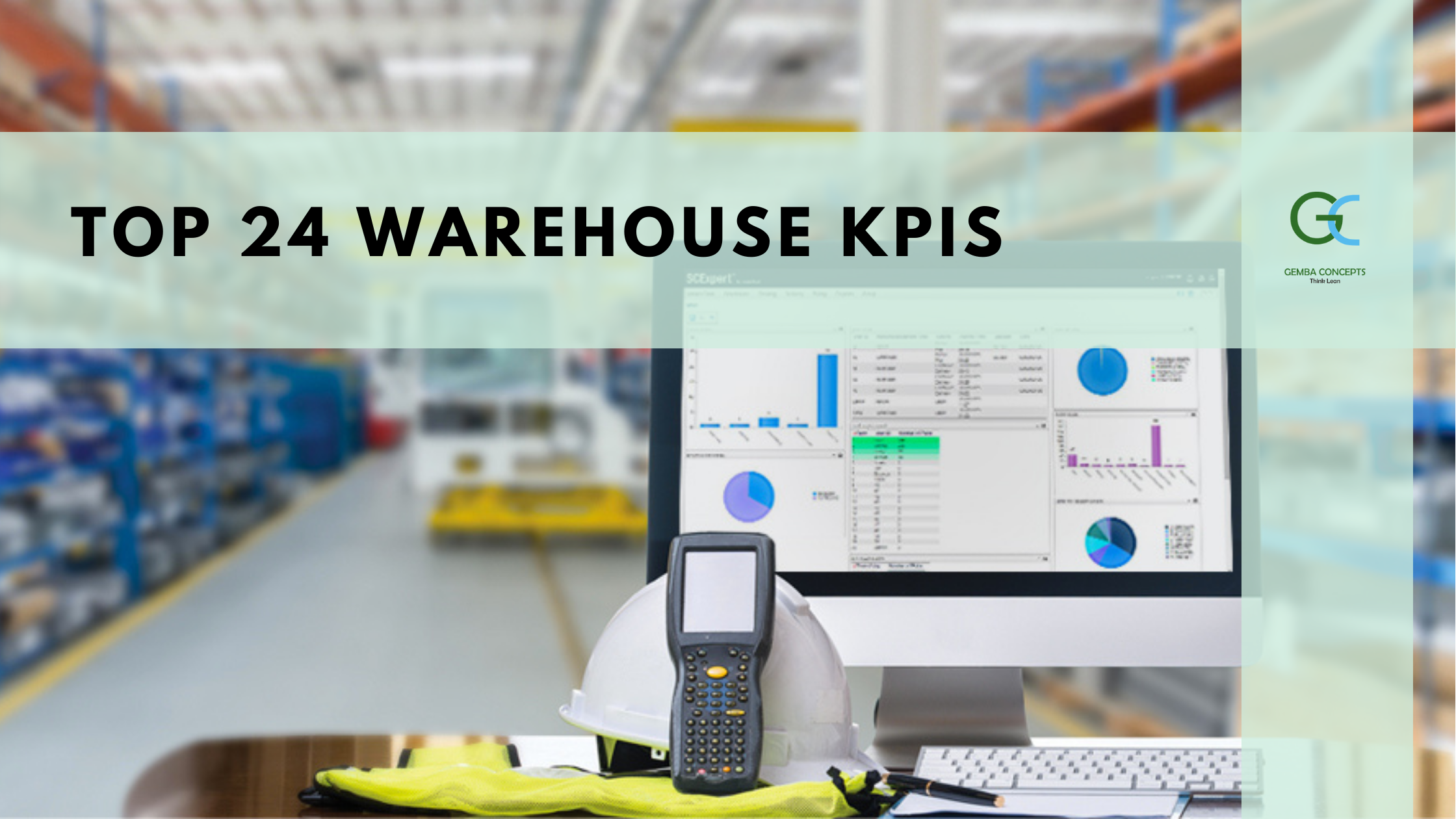
Choosing the right warehouse management system can often be as simple as taking a few considerations into account:
Step 1. Understand your current systems
If you are already using software to manage your warehouse operations or part of your warehouse operations, then you should start by looking at it in detail. What functions does it have that you like? What functions does it not have that you want?
You will also need to know what integrations you require from your warehouse management system. For example, you may require it to integrate it with your shipping carriers or sales channels.
Step 2. Decide if your picking process requires a WMS
If you are running a very small ecommerce operation, like a side-hustle, a WMS is unlikely to be necessary. But, if you are moving any reasonable number of products or you have any ambitions to scale you will need a more sophisticated solution.
Step 3. Understand what you are looking for in a warehouse management system
This is where you make your checklist of ‘must-haves’ and ‘like-to-haves’. You can then compare this list against your options.
Step 4. Decide on your budget
Of course, good warehouse management systems will cost money. So you will need to know how much money you can commit from your cash flow to purchasing one.
Step 5. Create a shortlist
There will be a few different options you can choose from. The easiest way to decide which ones to shortlist is simply to create a list or spreadsheet listing prices and features.
Once you have created a shortlist you can then go and use free trials or book demos with those you think are right for you.
Step 6. Check it integrates with your entire fulfillment process
Warehouse management is only part of the puzzle of ecommerce. Your WMS should also connect with your inventory management system and shipping carriers.
Step 7. Check it gives you the reports your need
A good warehouse management system will give you reports that can make definite improvements to your business. It should provide these reports in an easily accessible way.
It’s also good if the WMS provides demand forecasting as this will help prevent under and overstocking in the future.
Step 8. Check it works with your ecommerce tech-stack
You probably use a range of platforms, marketplaces, sales channels and shipping carriers. You need to check that your warehouse management system either has a native integration, seamless workaround or open API to do this.
This is where you can make use of a free trial. As it’s hard to know if a system works for you without testing it out.
Step 9. Is it easy for pickers to use and understand?
A good WMS will be easy for your pickers and warehouse team to understand and use. While there will always be a training period with any new software, you should look for an intuitive interface and easy-to-understand processes. This will make it easier for your team to pick up the new system and cut down on training time for new hires.
Step 10. Does it come with support?
Your business will be unique, therefore it’s important that any service you purchase comes with support. This support will be able to help you through any issues that arise with the product.
Article by:- Akshay Patel




